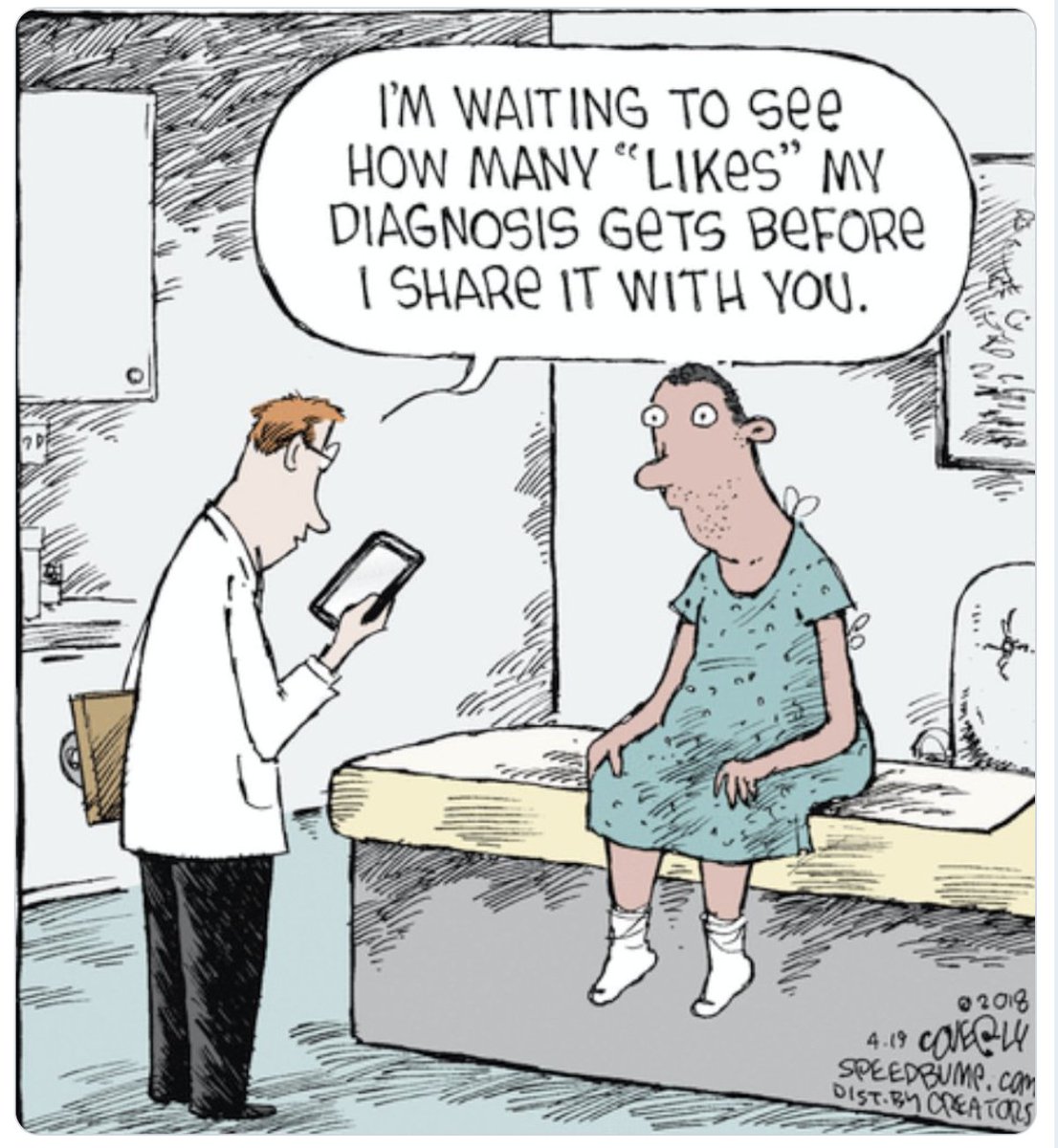Há dias ouvi uma apresentação de Rory Sutherland onde ele tecia considerações acerca das empresas familiares.
"When you're a family-owned business, you're focused on your customers. You're not focused on your shareholders."
As empresas familiares tendem a orientar-se mais para a satisfação e lealdade do cliente do que para as métricas financeiras de curto prazo que dominam as empresas cotadas. Isso cria relações mais humanas e de longo prazo com os consumidores.
"A family-owned business can think of life over multiple time scales... They're not completely fixated on the next quarter."
As empresas familiares planeiam em horizontes temporais mais amplos — pensam em décadas, não em trimestres. Podem investir em reputação, qualidade e inovação sem a pressão constante de apresentar lucros imediatos aos accionistas.
"A customer focus means that you're rooted in the real world. A shareholder focus means you're focused on artificially bad proxy metrics."
Ao focarem-se no cliente, as empresas familiares mantêm-se ligadas à realidade concreta do mercado e das pessoas. As empresas grandes, pelo contrário, baseiam-se em indicadores e métricas financeiras abstractas que muitas vezes distorcem a realidade.
"Customers are increasingly finding dealing with large organizations fundamentally psychopathic... the entire focus is around efficiency, not the quality of a long-term relationship."
As empresas familiares cultivam uma cultura mais empática e relacional, em contraste com a desumanização e o foco exclusivo na eficiência típica das grandes corporações.
Num tempo em que a tecnologia acelera tudo e a procura de eficiência se tornou quase uma obsessão, o factor humano continua a ser o ponto de equilíbrio. Recentrar a atenção no cliente real, nas relações que perduram e na criação de valor que resiste ao tempo pode ser a melhor estratégia para navegar um futuro incerto — e talvez o único antídoto contra a crescente desumanização que tantos já começam a sentir.
Em 2017, em Strategy is Context Sensitive escrevi:
"Acerca da velha mania dos ignorantes teimarem em querer que as PME apliquem as mesmas receitas que as empresas grandes e queridas das revistas de gestão. O que funciona para umas é veneno para as outras."
Recordo também, de 2015, Cuidado com o título.

%2018.50.jpeg)
%2018.46.jpeg)









%2006.21.jpeg)












